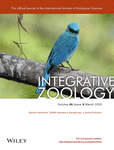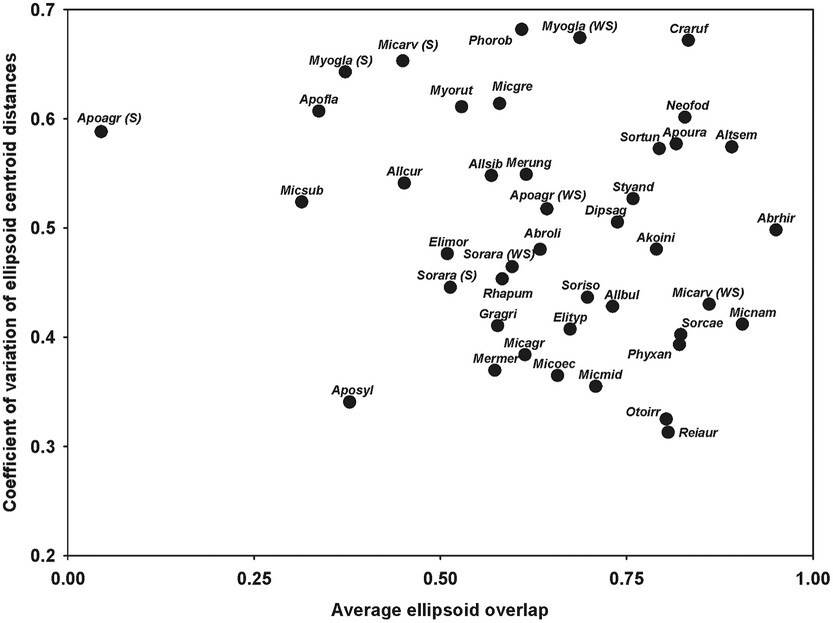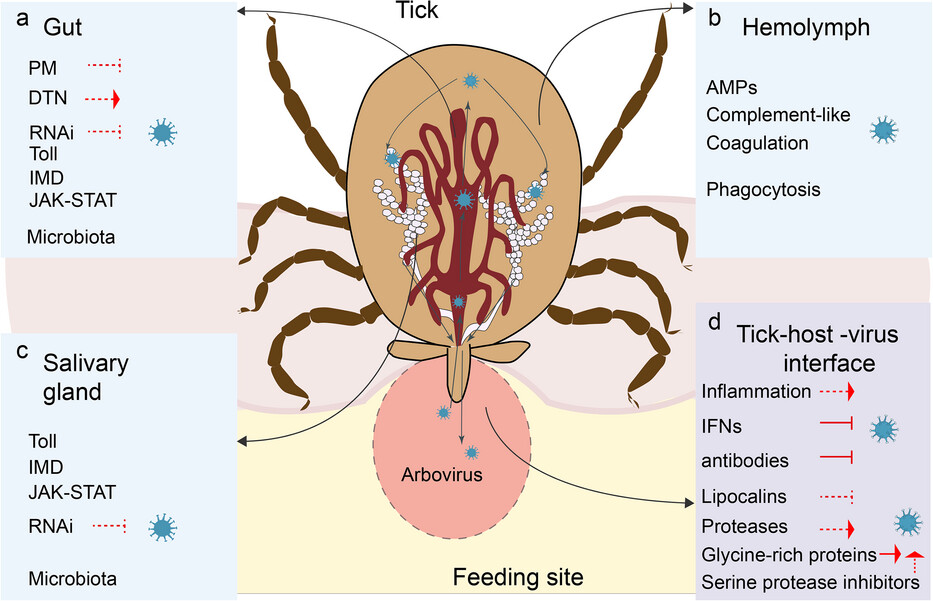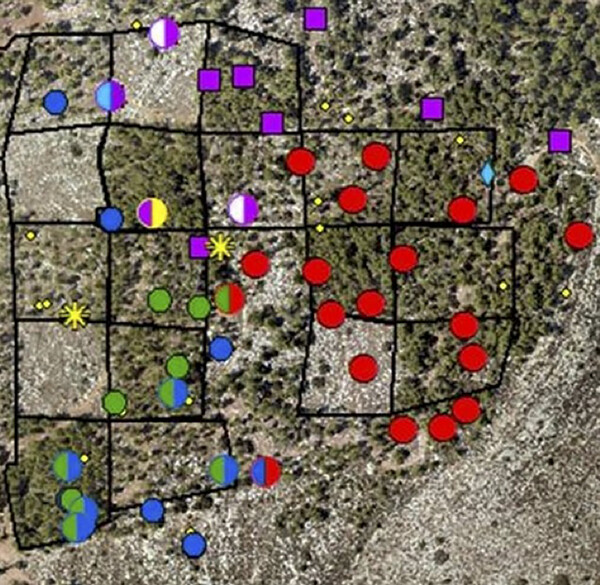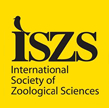Journal list menu
Export Citations
Download PDFs
Issue Information
Special subsection: Wildlife diseases & parasitology
A long-term study on the impact of climatic variables on two common nest-dwelling ectoparasites of the Eurasian blue tit (Cyanistes caeruleus)
- Pages: 224-235
- First Published: 09 May 2024
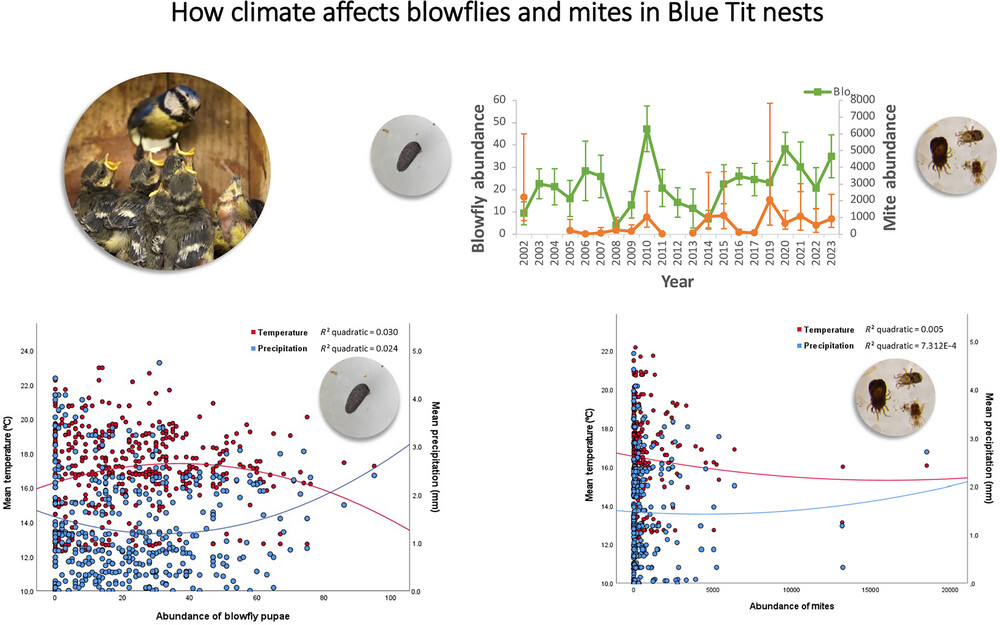
Blowflies were negatively related to precipitation and laying date and positively related to brood size and the interaction between precipitation and temperature. Mites were positively related to laying date and the interaction between rainfall and temperature. More blowflies were attained in conditions of increasing precipitation and decreasing temperature from intermediate values, and mites were related to intermediate values of temperature and precipitations.
Environmental factors and host sex influence the skin microbiota structure of Hong Kong newt (Paramesotriton hongkongensis) in a coldspot of chytridiomycosis in subtropical East Asia
- Pages: 236-255
- First Published: 13 June 2024
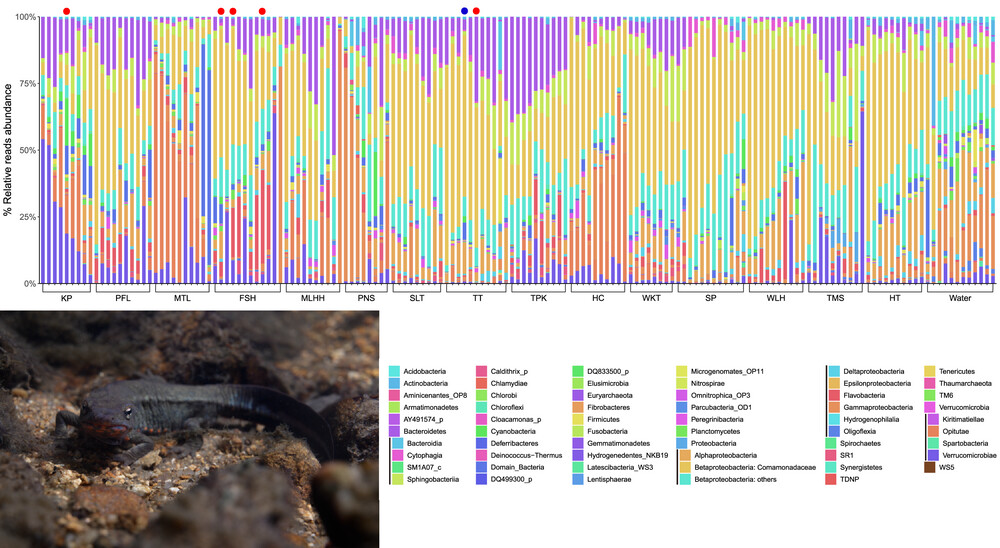
Asymptomatic chytrid fungal infection in the Hong Kong newts suggests their long-term coexistence with chytrids and a potential protective role of skin microbiota. The skin microbiota of Hong Kong newts has a high prevalence of taxa with putative anti-fungal properties. Moreover, site location, habitat elevation, and host sex exhibited significant effects on their skin microbiota compositions.
Environmental conditions influence host–parasite interactions and host fitness in a migratory passerine
- Pages: 256-273
- First Published: 08 July 2024
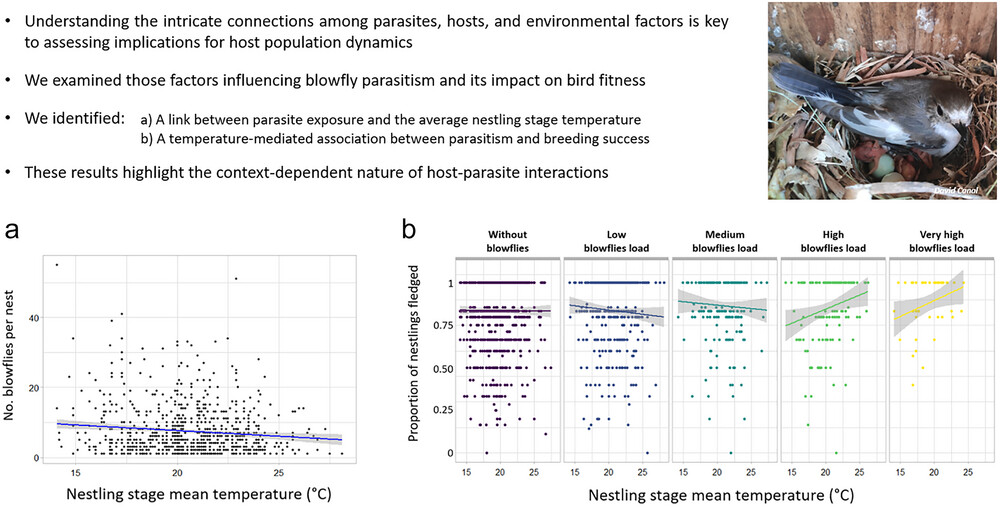
Understanding the intricate connections among parasites, hosts, and environmental factors is key to assessing implications for host population dynamics. We examined those factors influencing blowfly parasitism and its impact on bird fitness. We identified a link between parasite exposure and the average nestling stage temperature, and a temperature-mediated association between parasitism and breeding success. This highlights the context-dependent nature of host–parasite interactions.
Structure of compound and component communities of fleas parasitic on small mammals in six different regions as revealed by environmental-based co-occurrence geometry analyses
- Pages: 274-288
- First Published: 10 June 2024
Intraspecific diversity of Meriones persicus (Rodentia; Gerbillinae), the main plague reservoir in Iran, and its connection to enzootic plague in Iran
- Pages: 289-301
- First Published: 02 May 2024
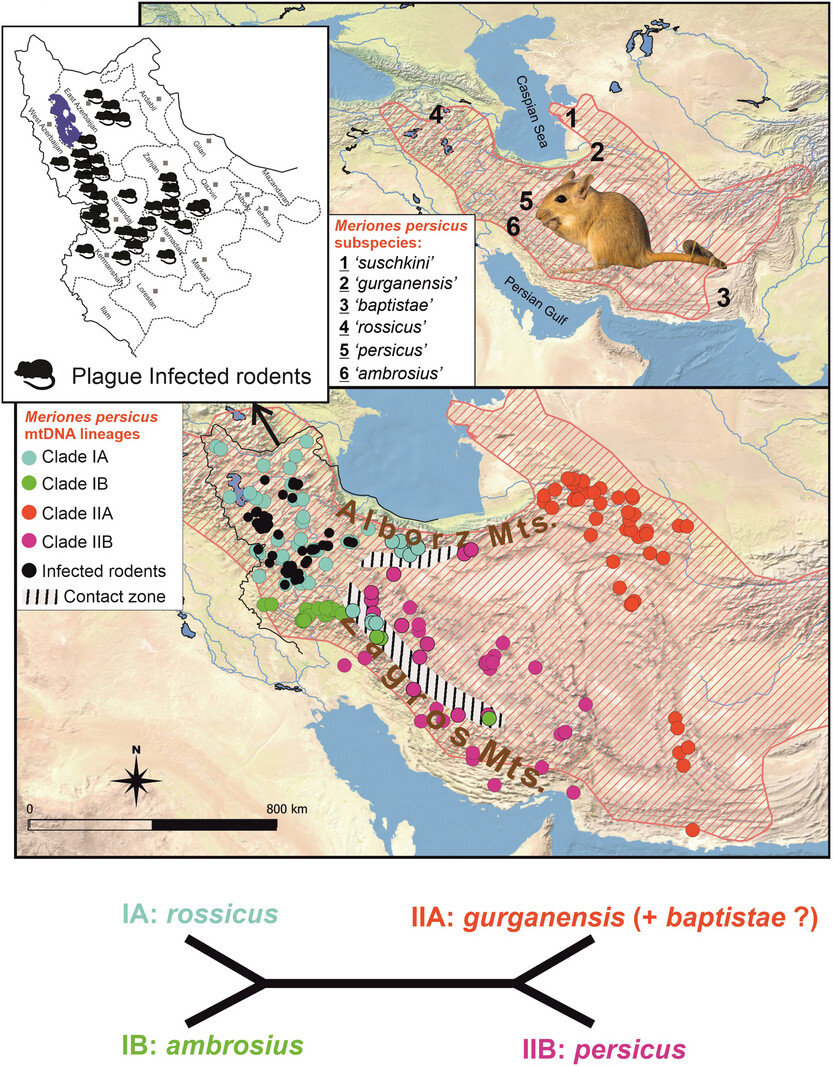
Infraspecific taxonomy of Meriones persicus, the primary plague reservoir in Iran, remained dubious in previous studies due to partial match of molecular data with traditional taxonomy. Our comprehensive study retrieved subspecific taxonomy as a meaningful tool in classifying infraspecific variation in M. persicus, as four of five subspecies in Iran are currently approved: IA: rossicus, IB: ambrosius, IIA: gurganensis (+baptistae?), IIB: persicus. Compiling subspecies ranges with enzootic plague records in Iran (1946–2023) reveals a notable trend: All enzootic plague cases align with the “rossicus” subspecies, which also spans the Caucasus, Eastern Turkey, and Iraq—regions with frequent plague infections.
Epidemiological Survey of Canine Distemper Virus Infection: Exploring the Link Between Virus Spread and Invasive Raccoon (Procyon lotor) Population Growth in Hokkaido, Japan
- Pages: 302-314
- First Published: 01 December 2024
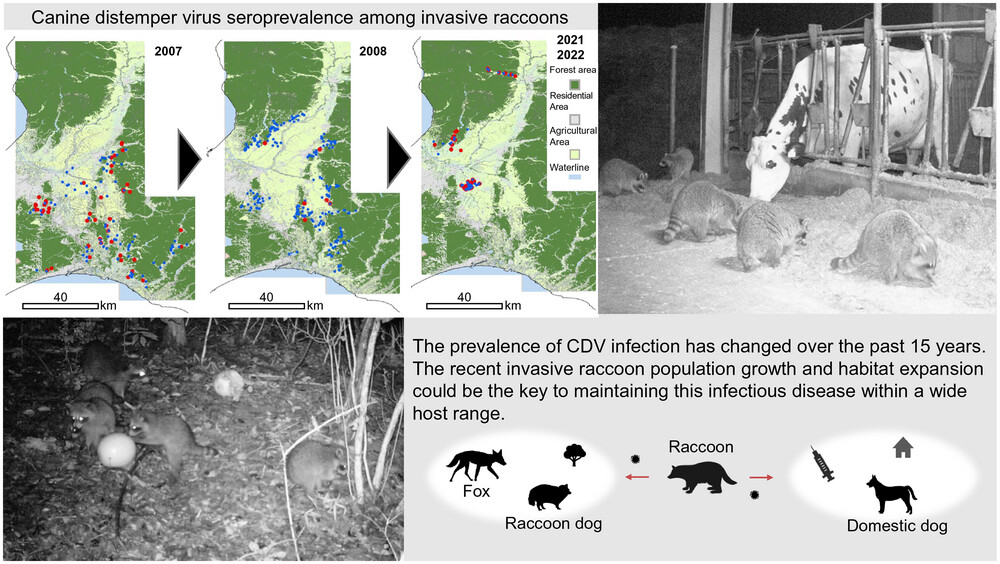
This study investigates the prevalence of canine distemper virus in wild raccoons in Hokkaido, Japan, revealing elevated seropositivity rates in 2007, 2021, and 2022 compared to intervening years. The recent invasive raccoon population growth and habitat expansion could be the key to maintaining this infectious disease within a wide host range, underscoring the need for ongoing monitoring and control efforts to mitigate disease transmission to native wildlife and domestic dogs.
Potential mechanisms implied in tick infection by arboviruses and their transmission to vertebrate hosts
- Pages: 315-330
- First Published: 17 July 2024
Special subsection: Animal behavior
Amphioxus (Branchiostoma lanceolatum) in the North Adriatic Sea: ecological observations and spawning behavior
- Pages: 331-343
- First Published: 17 June 2024
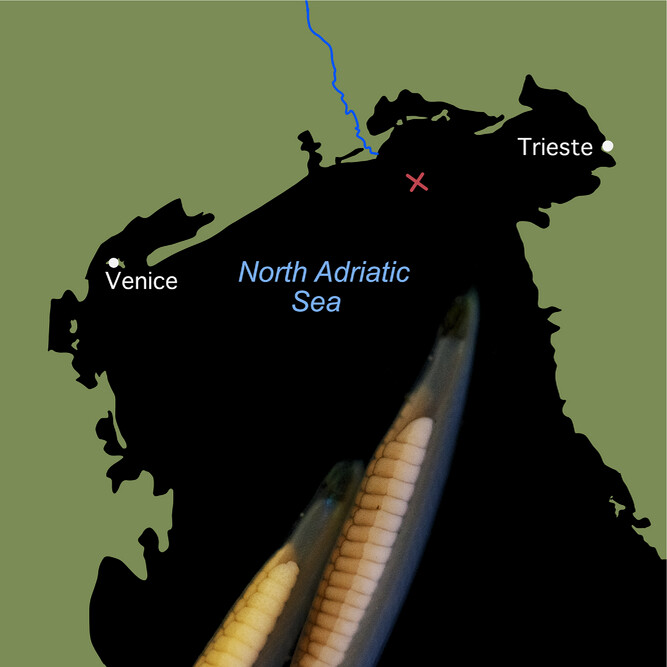
The European amphioxus (Branchiostoma lanceolatum), a key model in evolutionary developmental biology, is present and locally abundant in the North Adriatic Sea, which emerged as a substantial reservoir for this species. The spawning season was observed to deviate from that previously described for this species, revealing a potential for extending the spawning season in the laboratory using populations from different geographic locations.
Do exotic invasive mammals disturb the native fauna? Spatiotemporal distribution and overlap between species in a national park of Argentina
- Pages: 344-360
- First Published: 12 June 2024
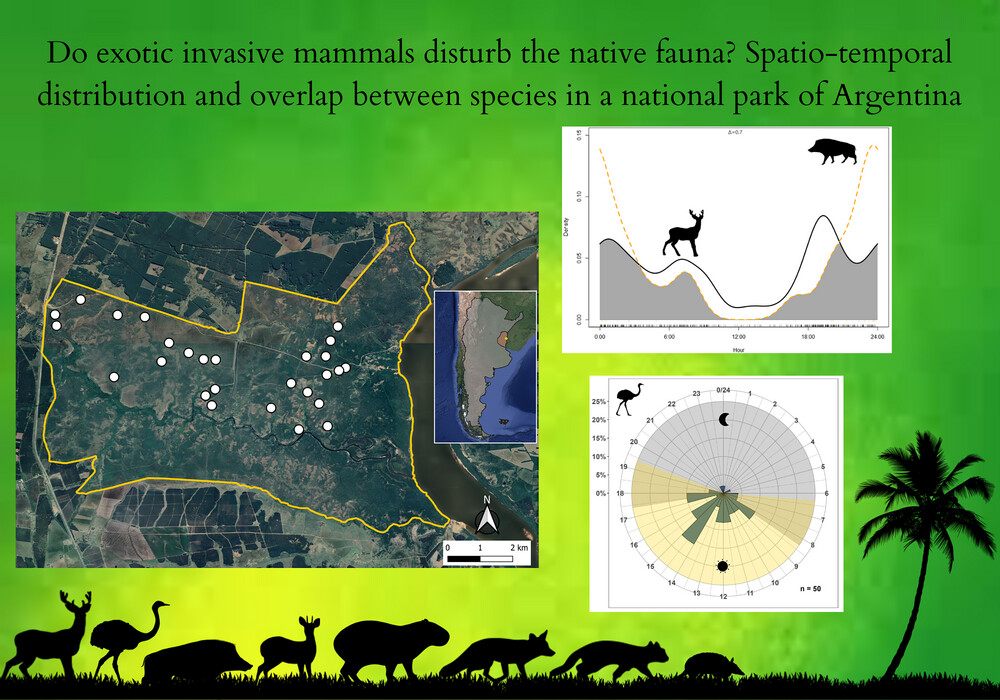
This research detects a spatial overlap between exotic mammals and native fauna that inhabit El Palmar National Park, Argentina. The exotic mammals also overlapped their activity patterns with the majority of the native fauna, although they differ in their peaks of maximum activity. The existence of differences in the exotic species activity patterns with respect to their patterns in other areas where they inhabit could indicate a segregation in daily activity to relax competition.
Identifying habitat modification by Chinese pangolin in subtropical forests of southern China
- Pages: 361-375
- First Published: 23 July 2024
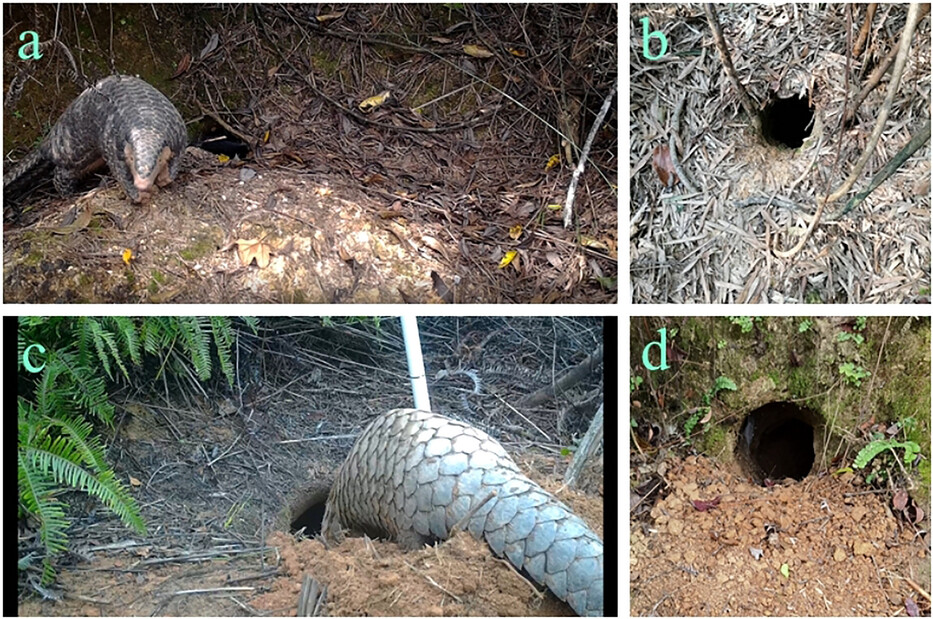
In this study, we identified the critical role of Chinese pangolin in altering habitat heterogeneity, by quantifying habitat subsurface space and surface bare patches increased by pangolin burrows. We thus suggested that pangolins may profoundly affect vegetation renewal and animal distribution in forest ecosystems. Measurements like acceleration rejuvenation and conservation reintroduction of the pangolins may cascade to the recovery of habitat quality and even communities.
Climate factors and food availability shape the altitudinal migration of birds in the Xiling Snow Mountains, China
- Pages: 376-393
- First Published: 30 September 2024

The altitudinal migration behavior patterns and factors influencing altitudinal migration in the Xiling Snow Mountains in southwest China were studied. Fifteen altitudinal migrants were identified. Increasing temperatures and an increasing abundance of invertebrates and plant food sources induced upward migration of altitudinal migrants and vice versa. Humidity only played a minor role in influencing altitudinal migration.
Defensive behaviors and c-fos expression in the midbrain
- Pages: 394-406
- First Published: 01 September 2024

In our current study, various experimental groups were exposed to aversive stimuli, with or without non-aversive stimuli. Sensitization of shock-induced fear led to fear responses through the non-aversive stimulus when animals were tested in the same context. Additionally, the observed behavioral responses corresponded with c-fos activity in the periaqueductal gray.
Big-brained alien birds tend to occur climatic niche shifts through enhanced behavioral innovation
- Pages: 407-418
- First Published: 13 June 2024
Variation in placentophagy in golden snub-nosed monkeys (Rhinopithecus roxellana) reflects nutritional constraints
- Pages: 419-428
- First Published: 10 April 2024
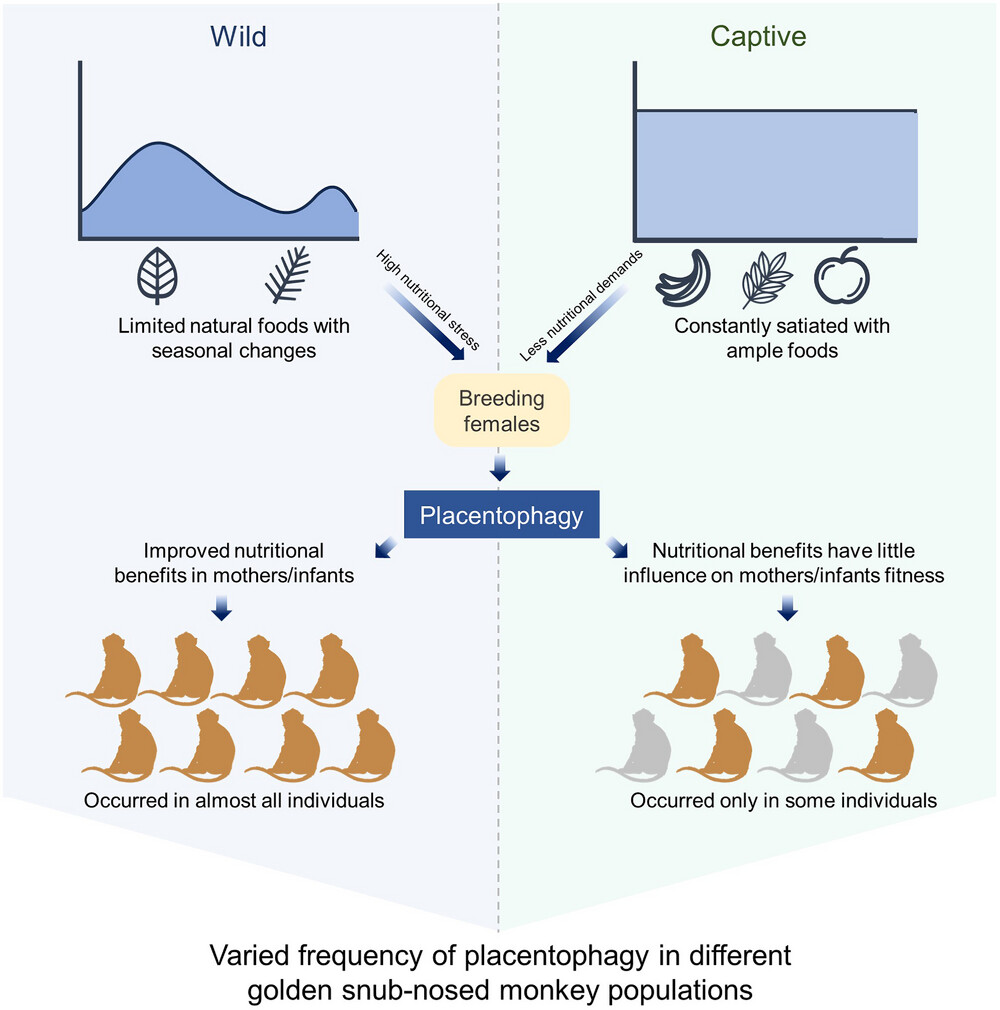
Golden snub-nosed monkeys show inconsistent frequency of placentophagy between wild and captive populations, with almost all births in the wild but around half of the births in captivity accompanied by the female's consumption of placenta. This aligns with nutritional demands-driven placentophagy, as captive populations are generally under less nutritional constraints for breeding females than the wild population. Placentophagy is probably adaptive in the wild and under positive selection due to nutritional benefits to both mothers and infants.
Mountain gazelles’ (Gazella gazella) males use mutual dung middens in favorable locations
- Pages: 429-436
- First Published: 19 July 2024
ESSAY
Cospeciation is not the dominant driver of plant–pollinator codiversification in specialized pollination systems
- Pages: 437-442
- First Published: 28 August 2024
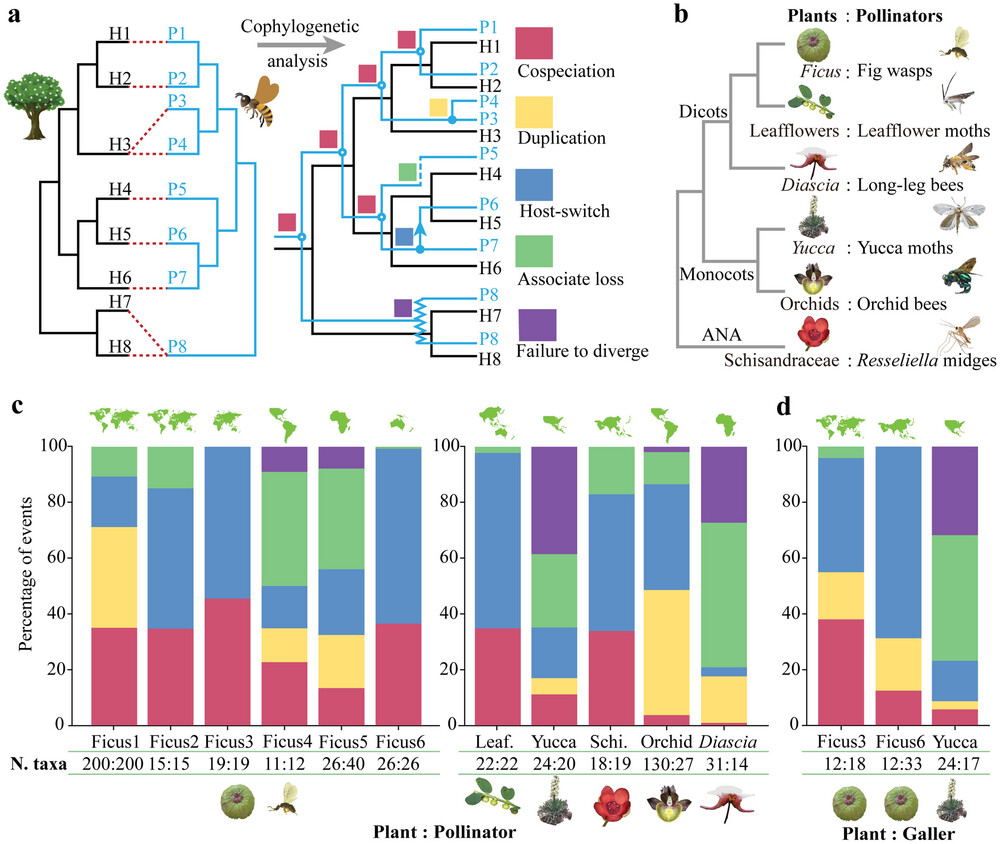
Cospeciation events are consistently outnumbered by non-cospeciation events, such as host-switch, duplication, and association losses, along with the plant–pollinator codiversification in six classical specialized pollination systems. It supports a more dynamic and diffuse paradigm of plant–pollinator codiversification.
The Incarnation of Zoology in the 21st Century as an International Scientific Discipline
- Pages: 443-444
- First Published: 27 December 2024
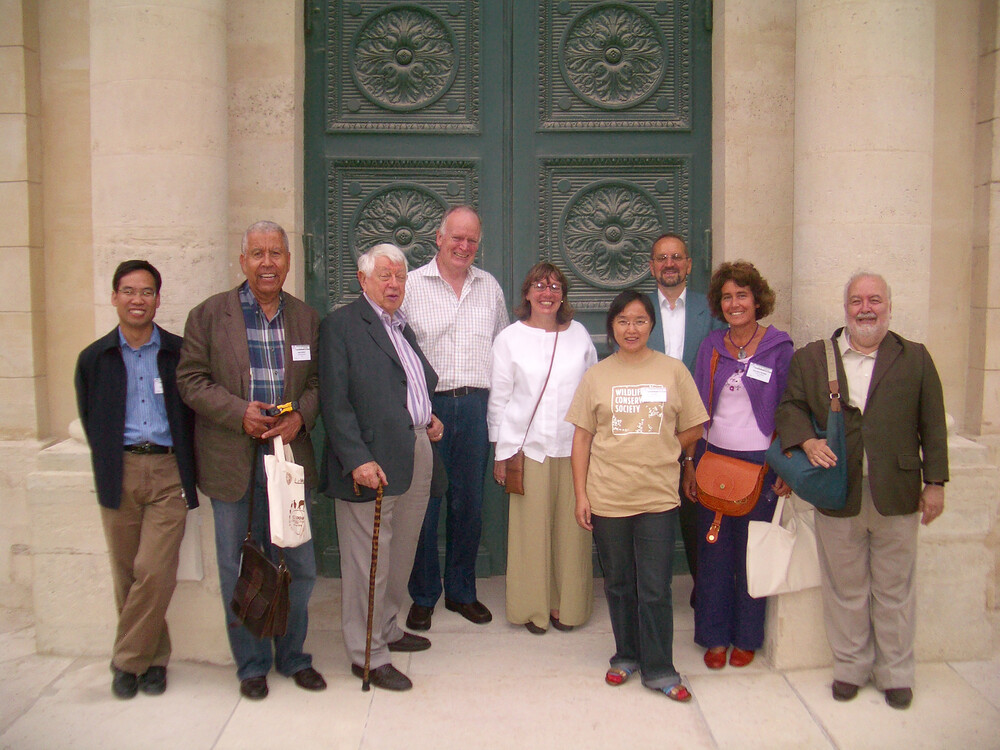
This essay was originally prepared for a special commemorative volume to celebrate the International Zoological Congress (established 135 years ago) and the International Society of Zoological Sciences (ISZS, established 20 years ago). These two institutions underpin international cooperation and promote excellence in zoological research without which the science of zoology would be very much the poorer.
COMMENTARY
Introduction to Advances in Amphibian Behavioral Ecology, Morphology, and Phylogeography
- Pages: 445-446
- First Published: 13 January 2025




